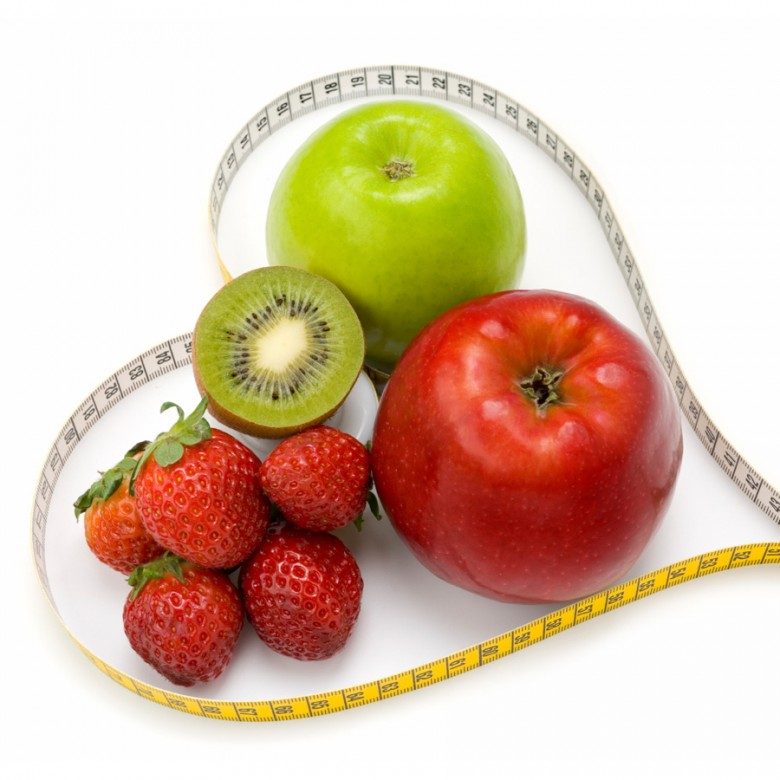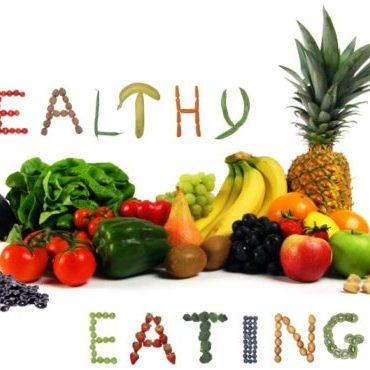 LOTL’s resident nutritionist answers your questions from cholesterol, laxatives and gastric banding, to weight loss and fussy eaters!
LOTL’s resident nutritionist answers your questions from cholesterol, laxatives and gastric banding, to weight loss and fussy eaters!
What is the difference between good and bad cholesterol?
Cholesterol can’t dissolve in the blood. It has to be transported to and from the cells by carriers called lipoproteins. Low-density lipoprotein, or LDL, is known as “bad” cholesterol.
High-density lipoprotein, or HDL, is known as “good” cholesterol. These two types of lipids, along with triglycerides and Lp(a) cholesterol, make up your total cholesterol count, which can be determined through a blood test. When too much LDL (bad) cholesterol circulates in the blood, it can slowly build up in the inner walls of the arteries that feed the heart and brain. Together with other substances, it can form plaque, a thick, hard deposit that can narrow the arteries and make them less flexible. This condition is known as atherosclerosis.
If a clot forms and blocks a narrowed artery, a heart attack or stroke can result. About one-fourth to one-third of blood cholesterol is carried by high-density lipoprotein (HDL). HDL cholesterol is known as “good” cholesterol because high levels of HDL seem to protect against heart attack. Low levels of HDL (less than 40 mg/dL for men and less than 50 mg/dL for women) also increase the risk of heart disease. Medical experts think that HDL tends to carry cholesterol away from the arteries and back to the liver, where it’s passed from the body. Some experts believe that HDL removes excess cholesterol from arterial plaque, slowing its buildup.
A triglyceride is a form of fat made in the body. Elevated triglycerides can be due to overweight/obesity, physical inactivity, cigarette smoking, excess alcohol consumption and a diet very high in carbohydrates (60 per cent of total calories or more). People with high triglycerides often have a high total cholesterol level, including a high LDL (bad) level and a low HDL (good) level. Many people with heart disease and/or diabetes also have high triglyceride levels.
Lp(a) is a genetic variation of LDL (bad) cholesterol. A high level of Lp(a) is a significant risk factor for the premature development of fatty deposits in arteries. Lp(a) isn’t fully understood, but it may interact with substances found in artery walls and contribute to the buildup of fatty deposits.
What’s the effect of long term laxative use/abuse & health effects? Taking Senna laxatives approximately 20 per day for over 20 years. What are the repercussions?
Continual, prolonged use of laxative products to encourage bowel movements or deliberate overdosing to “flush” excess food from the body can be destructive to the natural movements of the bowel. The immediate effects can include a temporary loss of stool and water weight, dehydration, constipation, and dependency; but the long-term effects of laxative abuse are much worse.
Anyone who has used laxatives as directed for occasional constipation knows that there are sometimes side effects such as diarrhoea, bloating, cramping, or pain. Since stimulant laxatives affect the nerves in the intestines, these side effects aren’t unusual and often clear up along with constipation. However, the side effects of laxative abuse are more severe.
Relying on laxatives for bowel movements or taking more laxatives than is directed causes fluid loss, which can lead to dehydration and electrolyte imbalance. This in turn can result in water retention or swelling, leading to further laxative abuse in an attempt to rid the body of water weight. Excessive bowel movements may irritate the intestine and cause injury, haemorrhoids, bleeding, or bowel ulceration. The long-term effects of laxative abuse can be dangerous or even deadly. If a dependency develops, a person will no longer just want to use laxatives; laxatives will be necessary in order for bowel movements to occur. This is a sign of decreased bowel function, which may also come with intestinal injury or gastric damage.
Sluggish bowel from laxative dependency and excessive diarrhoea from abuse can also decrease the body’s ability to absorb certain nutrients, leading to deficiencies. The electrolyte imbalances caused by short-term use become serious in the long term. Proper electrolyte balance is necessary for good cardiovascular function, and when this balance is tipped by chronic diarrhoea, it may result in irregular heartbeat, arrhythmia, heart attack, or even death. Other complications include permanent organ damage and an increased risk of bowel diseases.
Recovering from laxative abuse is a difficult process for someone who has come to rely on these medications for proper bowel function. Bloating and fluid retention are common, as is constipation and a sick feeling. Fatigue and mood swings may also occur. It’s important for laxatives to be avoided during withdrawal and recovery, even if constipation becomes severe.
Otherwise, the person may return to abusive habits and begin the cycle all over again. Although they can be useful for the relief of occasional constipation, long-term use and abuse of laxatives can lead to dependency and permanent bodily damage. Like any medication, laxatives should only be used as directed.
What are the best tips for successful weight loss?
1. You have to make lifestyle changes. Don’t think of it as a diet as this means you want a short term fix. It has to be a way of lie.
2. You must be organised and have the correct food available so you can structure your eating to fit into your lifestyle.
3. Keep your portions small always. Portion control is crucial to weight loss.
4. Learn to leave food on your plate as it stops compulsive eating.
5. Never feel deprived of any food you really feel like as this leads to bingeing. Keep portions small if you eat high-density calorific food.
6. Eat slowly. It takes 20 minutes for your stomach to get the message you have had something to eat. That way you will feel satisfied before you have eaten too much. Chew your food well – you only taste the food while it is in your mouth, once it is swallowed it is just calories.
7. Make a meal of everything you eat. When you make a ceremony out of every meal, you will really appreciate the food you have eaten. So sit down and relax while you eat, and everything must be on a plate so there is no snacking and picking.
8. Enjoy your food as it is life’s great pleasure – not a punishment if you eat ‘bad’ food.
9. Move it! Exercise is an essential part of losing weight.
10. Balancing your life is a fundamental step in regaining control over your eating. Ensure you have enough sleep as fatigue is often the biggest cause of overeating.
These points are discussed more thoroughly in “The 10 Commandments for Losing Weight” available from www.arlenesway.com.au
What is gastric banding?
Gastric banding is surgery to help with weight loss. The surgeon places a band around the upper part of your stomach to create a small pouch to hold food. The band limits the amount of food you can eat by making you feel full after eating small amounts of food. After surgery, your doctor can adjust the band to make food pass more slowly or quickly through your digestive system.
Due to the fact, you can eat less and get less hungry weight loss is more easily successful.
Is my child at risk of nutrient deficiency? My 20-month-old is a VERY fussy eater, he loves fruit and eats lots of it, however practically eats NO vegetables in his diet. Do you have any suggestions to help him get the right nutrients, should I be concerned?
At 20 months old the amount of vegetables your little one needs is quite small – he/she may be eating enough already. As a general guideline, 1-3-year-olds only need at least one serve of vegetables every day.
1 serve = 1 cooked potato
1 cup of salad
1/2 cup cooked vegetables, canned or dried vegetables
To encourage your little one to enjoy vegetables, be a role model yourself. Children are like sponges and will generally copy anything they see others doing. Be patient – children learn to like foods they are familiar with. Try getting your little one involved in the kitchen – children are more likely to try and eat something they have helped prepare. This might mean letting your little one pick a vegetable at the supermarket that is going to be prepared for dinner, letting them wash vegetables before you peel them/cut them up, growing your own vegetables etc. You could try using vegetables as wedges and dipping them in a dipping sauce, mash, grate or puree vegetables into mince dishes, if your child likes mashed potatoes add pumpkin, peas, sweet potato etc to make it different colours.
Keep trying different vegetables – what they don’t like this week they might like next month!

